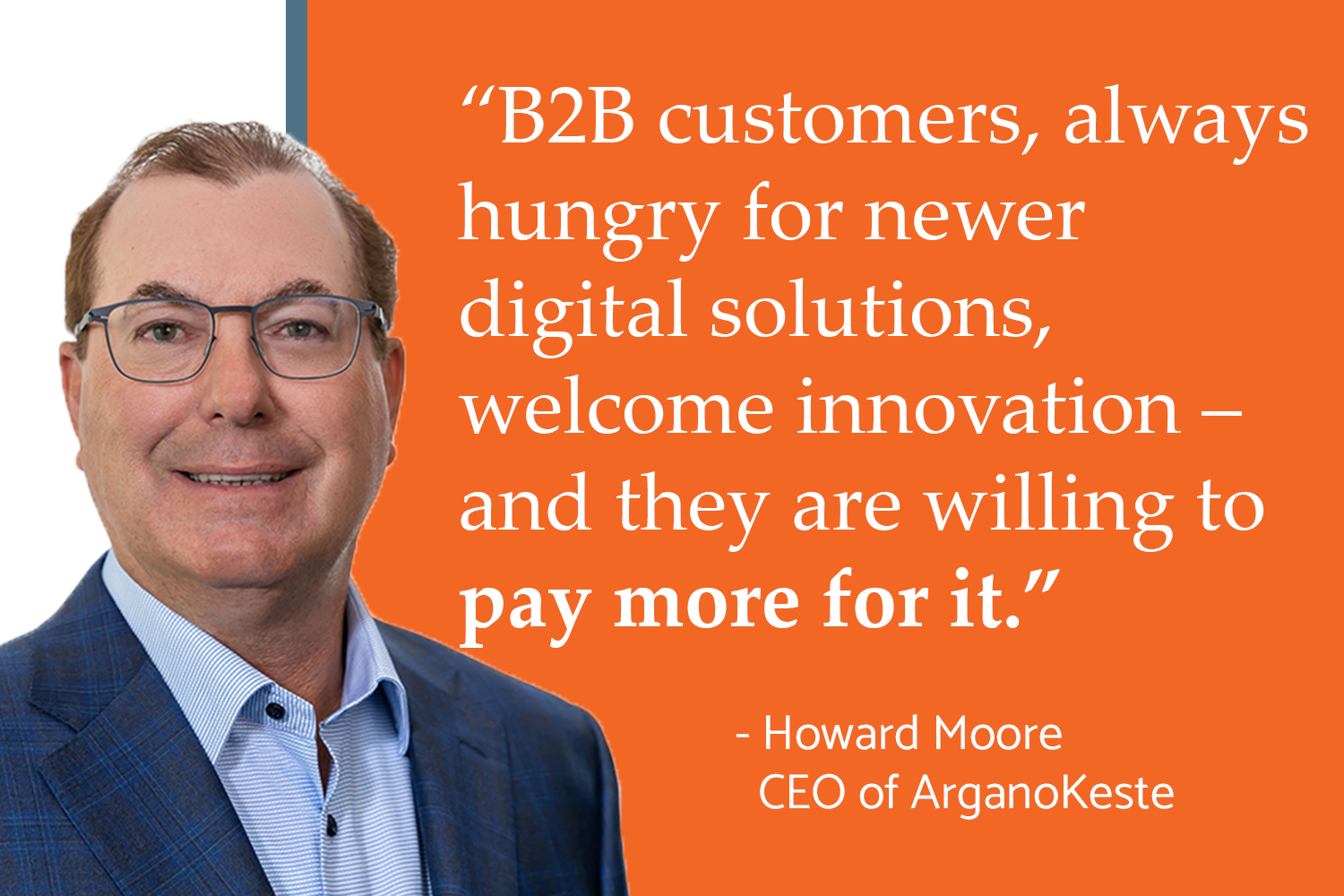How to Keep SKU Proliferation in Check
You’ve felt this: In an effort to meet customer demand and increase sales, you find yourself adding more and more items (SKUs) to your inventory. You’re forced to keep these in-stock, even the slow-moving products, so that you can deliver quickly if someone places an order. This results in more overhead, a greater demand on inventory management, and additional customer service, labor, and operations costs.
Or perhaps this is familiar: To help customers justify shipping costs, you start offering a product in a larger size or as a multi-pack. Suddenly, you have similar or virtually the same products associated with different SKUs.
The potential for SKU proliferation is endless.
Let’s say that as part of a strategy to be everywhere your customer shops, in this case, a discount variety store, you decide to produce a product in a more price-sensitive package. Poof. A new SKU is born. Before long, you need to create alternate packaging so you can market to customers in another language. Now every SKU you have has doubled. And when you’re selling configured bundles, it’s not uncommon to have a set of SKUs for the front office and separate SKUs for the back office to inform manufacturing, provisioning, and fulfillment systems.
So many SKUs.
Obviously, it’s great to have products in demand, and nobody said SKU proliferation had to be a bad thing. But how do you know if it’s heading in that direction?
The impact of SKU proliferation
As your inventory grows, so do your risks of delivering inaccurate fulfillments. Storage requirements rise, and desperately needed capital is tied up in inventory that’s not going anywhere. Now you need help managing your warehouse.
But that’s only the beginning. On top of physical demands, SKU proliferation can start eroding your company’s reputation. You suddenly have more products that customers can have issues with. Your sales team requires more expertise than ever, which will likely impact your customer service levels. You might even start seeing problems in your online ordering process, affecting speed, order accuracy, and a host of other issues.
And we haven’t even gotten into the cost of training new sales team members on a book of potentially thousands of SKUs that they’ve had no familiarity with.
The solution: SKU rationalization using CPQ
The solution to SKU proliferation is product catalog simplification, or SKU rationalization.
By simplifying your product book, your sales team gains a much better user experience, enabling them to deliver what customers need, faster than ever. You’re able to reign in SKU proliferation to only include products with a smart value-cost ratio, based on demand forecasting.
The right CPQ solution sets you up with the logic to choose the right products and bundles fast. Every second that a sales rep saves selecting products, multiplied across your organization, adds up to significantly reduced time in your sales cycle.
An effective CPQ solution gives you the ability to do the following:
- Apply the 80/20 rule: Focus on the SKUs (generally 20%) that provide the bulk of your revenue (generally 80%)
- Report on products that customers are purchasing based on selected attributes
- Compare the sales history of specific products to each other
- Identify SKUs that are losing money, SKUs that have become unprofitable, or SKUs that make money but can no longer be optimized for greater profit
- Plan over a contingency period (e.g., 6-12 months) for the potential fallout of eliminating a specific SKU
- Apply pricing logic and rules at the customer, product, or account level—thus eliminating the need to create additional SKUs
- Keep reps from having to manually search a huge product catalog to price and quote a sale
- Implement discounts on products dynamically, so when they’re bundled, the discounts update automatically
- Enable sales reps to see what’s near term, so they can prioritize their selling
- Evaluate how transportation costs affect item profitability
Given these capabilities and more, CPQ helps you conduct SKU rationalization so that you can evaluate every indicator of profitability for any product you sell. Factors can include strategic value, brand value, or whether or not changing an aspect of the product or packaging could reduce fixed costs and improve margins.
Ultimately, CPQ equips you with the information you need to make a case for keeping or dropping SKUs, thus reducing your portfolio to a more manageable level, and improving profitability. You can then re-evaluate at regular intervals and validate your decisions.
Bottom-line: SKU proliferation is a natural part of business growth. To make sure your expansion doesn’t negatively impact your sales cycle, CPQ can help equip you with a smart strategy for SKU rationalization.
ArganoKeste has more than 16 years of experience helping customers get the most from their CPQ application implementations. To get started seeing the results you want, contact ArganoKeste today.









